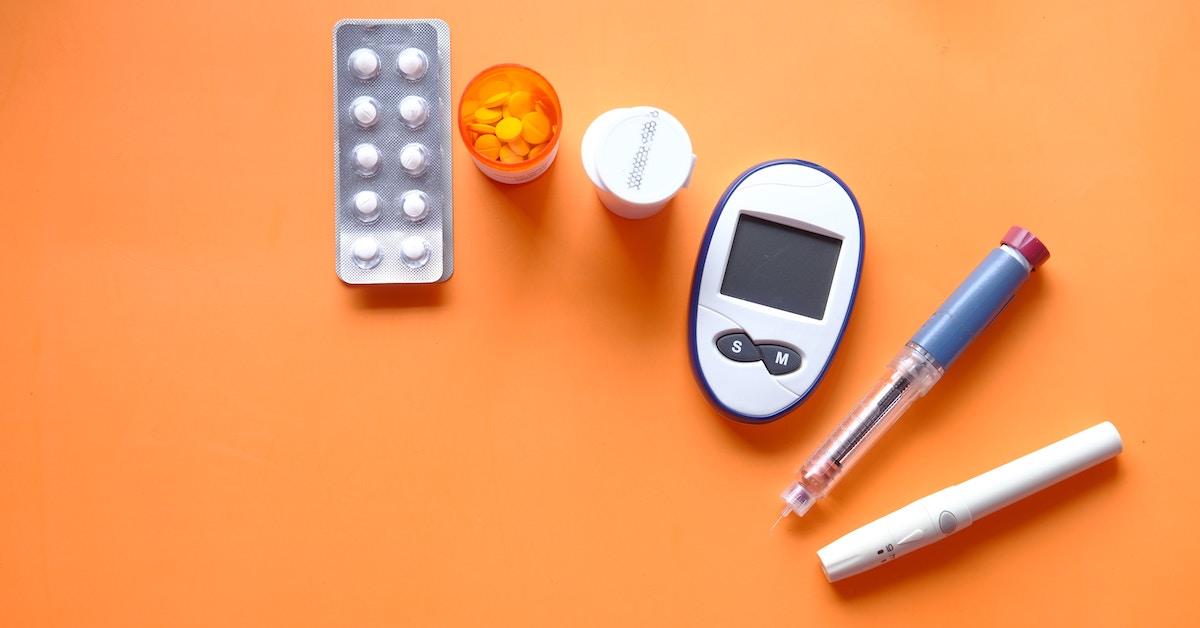
5 Silent Killers to Know About: Be Aware of the Diseases That Have Few Warning Signs
It's important to be aware of the diseases that have few warning signs — so you're better prepared to head them off. Here are five silent killers to know about.
1. Cardiovascular disease

Per WHO, CVDs such as coronary heart disease are “the leading cause of death globally, [but] often there are no symptoms of the underlying disease of the blood vessels. A heart attack or stroke may be the first sign.” Still, note any chest discomfort or recurring shortness of breath and see your doctor.
2. High blood pressure

“Most of the time HBP (or hypertension) has no obvious symptoms to indicate that something is wrong,” says the American Heart Association. “It develops slowly over time and can be related to many causes.” Yet HBP in your arteries can also lead to heart attack and stroke. A normal pressure is less than 120/80. So check often.
3. Lung cancer

Lung cancer is the nation's leading cause of cancer deaths, explain the folks at the American Lung Association. “[But it] can go undiagnosed for a long time because symptoms usually do not appear until the cancer has spread. Lung cancer symptoms are often dismissed as other issues like allergies or a cold. If you feel shortness of breath, have a cough that won't go away, cough up blood or experience weight loss and fatigue, talk to your doctor.”
4. Pancreatic cancer

Like lung cancer, this cancer, say experts at Chicago's Northwestern Medicine, “does not have many symptoms until the cancer advances” and impacts surrounding organs. “Early symptoms may be very vague and not specific to the pancreas, such as back pain.” But be aware of jaundice, dark urine, fatigue, nausea, weight loss and abdomen or back pain.
5. Diabetes

People with diabetes have too much glucose or blood sugar in their bloodstream, leading to a host of health problems. But, said Laurie Sandberg, a diabetes specialist with Maryland's Meritus Health, “blood sugars increase slowly and gradually. you typically don't wake up one day with a blood sugar level of 300, [so] symptoms can be mild or absent initially.” But as sugar levels increase, people often may experience fatigue, weight loss, excessive thirst, constant hunger and frequent urination.
